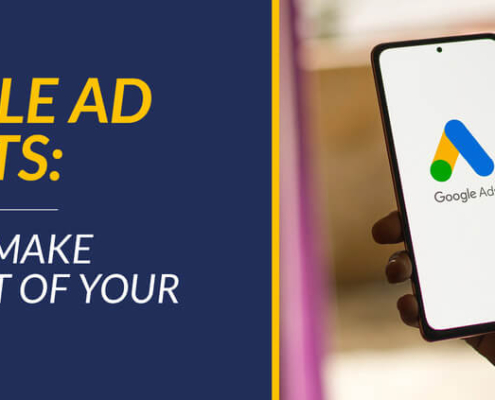
Google Ad Grants: How to Make The Most of Your Free Ads
Imagine having $10,000 each month to get your nonprofit in front…

How to Optimize A Google Grant Account: Top Tips & Mistakes
Whether you’re preparing your program application or have already…

Form 990 Schedule B & Donor Disclosures: What’s Required?
The nonprofit regulatory landscape is constantly changing. New…

Securing Corporate Sponsorships: How to Lock Down Support
As a nonprofit organization, you’re always on the lookout for…